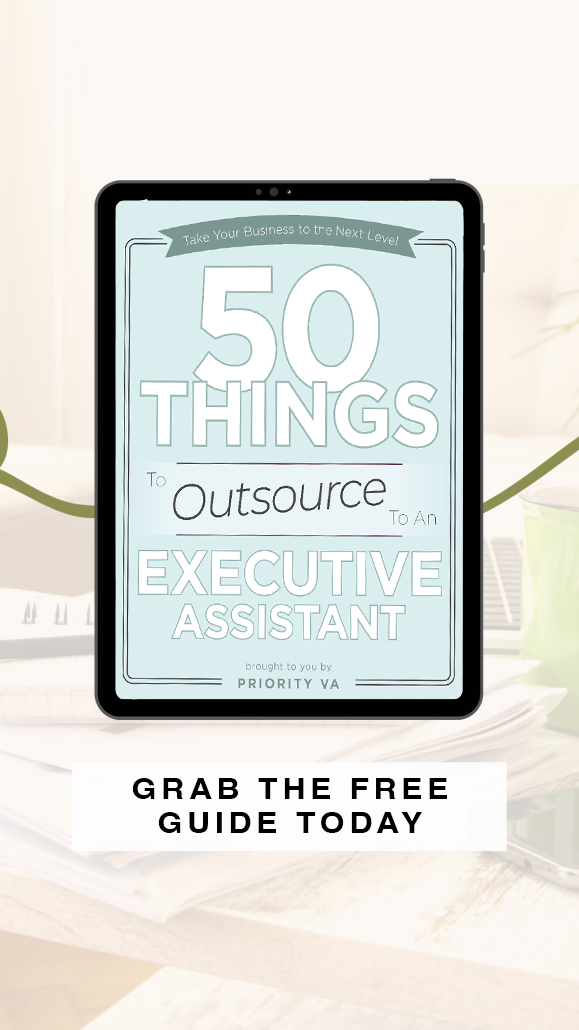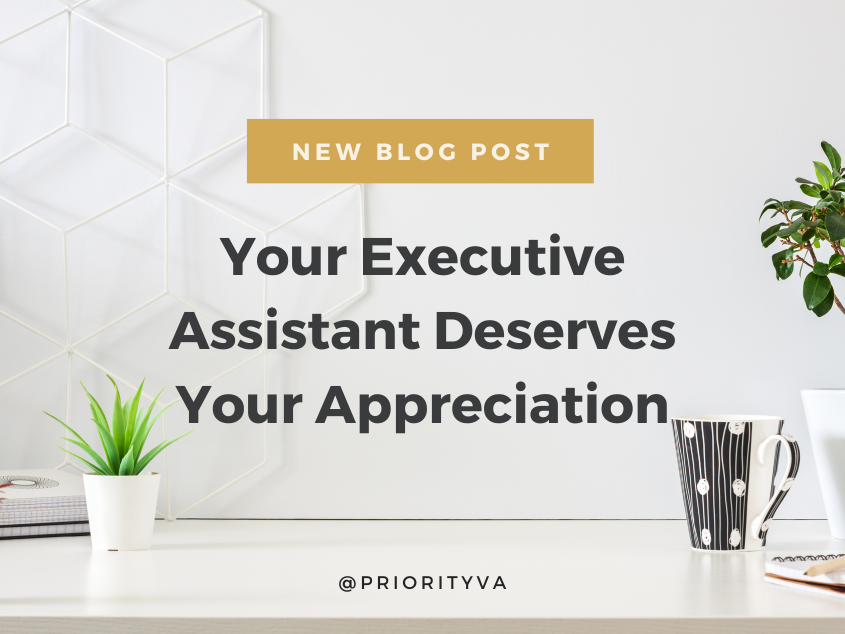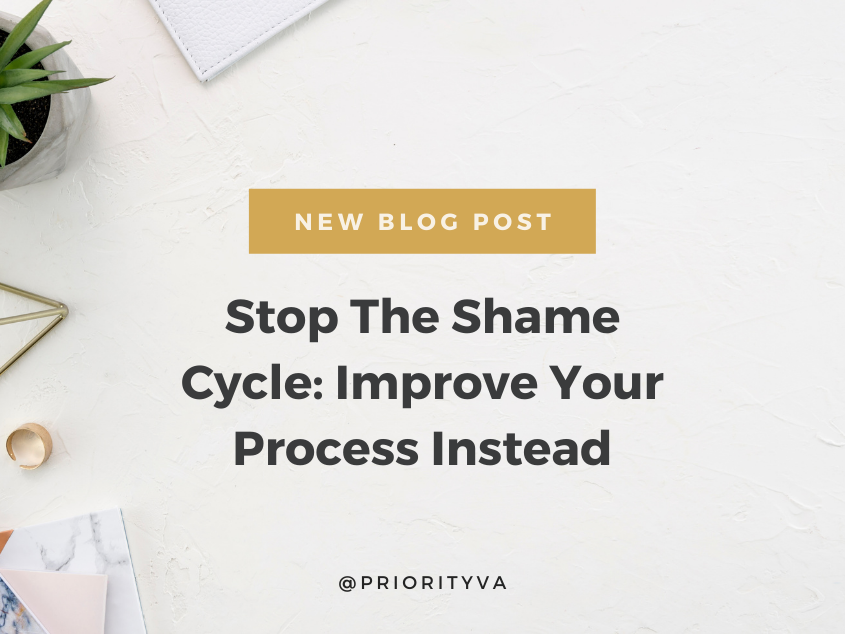In a new relationship between a CEO and an EA, there is a lot to learn about the other person, like how they work and favorite ways to communicate.
Time builds the best relationships, but you don’t always have the luxury of time to develop trust with your EA. Demands of the job shrink your timeline, which makes it critical to reach effective levels of communication and trust as soon as possible.
One key to building trust is reducing uncertainty. The Uncertainty Reduction Theory states that knowing more about another person reduces your uncertainty about them.
If you have been burned by an EA in the past, or can’t seem to find long-term collaborative fit, you undoubtedly want to reduce your uncertainty (and risk) with your new EA. We don’t blame you!
To help you build trust with your new EA, without the luxury of time, we developed three strategies to reduce uncertainty and improve collaboration — while you build the relationship.
1. Host a 1:1 weekly meeting
Yes, you’re busy. And maybe you don’t like meetings. But, the more intentional you are about building relationship with your EA, the better they can execute on your behalf.
Most communication and project management occurs online through Slack, Asana, email and text, which makes it important to meet face-to-face — either in-person or on video chat — to build rapport with your EA.
You help your EA to really learn you when you allow them to hear the tone in your voice, or see the faces you make while talking about your pet peeves. These are the non-verbal cues that are lost in written communication.
Early in your relationship, we recommend hosting a 1:1 meeting with your EA every week, preferably on Mondays.
Take five minutes to start the meeting with an ice breaker and share a “win” that you’ve experienced for the week — and make sure you both answer. Don’t underestimate the impact of these first five minutes!
Beyond that, use the meeting to discuss 1) what was accomplished last week 2) any sticking points, such as needs, passwords, questions about process, etc. 3) the plan for this week.
This recurring meeting format removes uncertainty about the work being done by your EA and develops the abilities of your EA to deliver.
2. Exchange a Friday wrap-up email
This email is the bookend to the Monday meeting. A Friday wrap-up email should be sent from your EA to reiterate everything discussed in the Monday meeting. They should share what was accomplished that week and any outstanding barriers to success.
A big part of building trust is seeing that your EA delivers on what they promise. This email keeps your EA accountable to outcomes you delegate and shows you that work is being done according to your standards.
It might sound obvious — but you need to respond to this email. Ask yourself if there are any details or processes in your head that your EA needs to do their job well. The answer is most likely, yes. Send your EA any brand guides, standard operating procedures, customer journey maps or personas to help your EA understand your business and customer. This information is vital for them to serve you and your business well.
Lastly, use this email exchange to correct any mistakes. We always recommend making corrections as you go with an EA, instead of waiting for small errors to grow into bigger problems, frustrations or resentments later.
3. Provide an Executive Summary to your EA
If you are eager for your EA to get inside your head, providing an Executive Summary is the first step.
This is basically a cheat sheet of getting-to-you-know-you items, like general information about you, social media information, travel preferences, “on” hours, family information (if your EA will be doing personal tasks), prefered vendors, affiliate information and software to run the business.
Encourage your EA to treat this as a living document. They should make notes in here during meetings with you as they learn more about your preferences.
To expedite the process of teaching your EA how you think and what you like, explain to them why you make certain decisions and how you process information. This further empowers them to execute on your behalf.
Developing trust with an EA comes with time, but these three simple strategies will help you build a healthy foundation with your EA that will serve you long into the future.

If you’re interested in learning about what an Executive Assistant can do for your business, schedule a strategy call with us.
Our virtual team experts will help you determine how your business can benefit from our Priority Executive Assistants.





